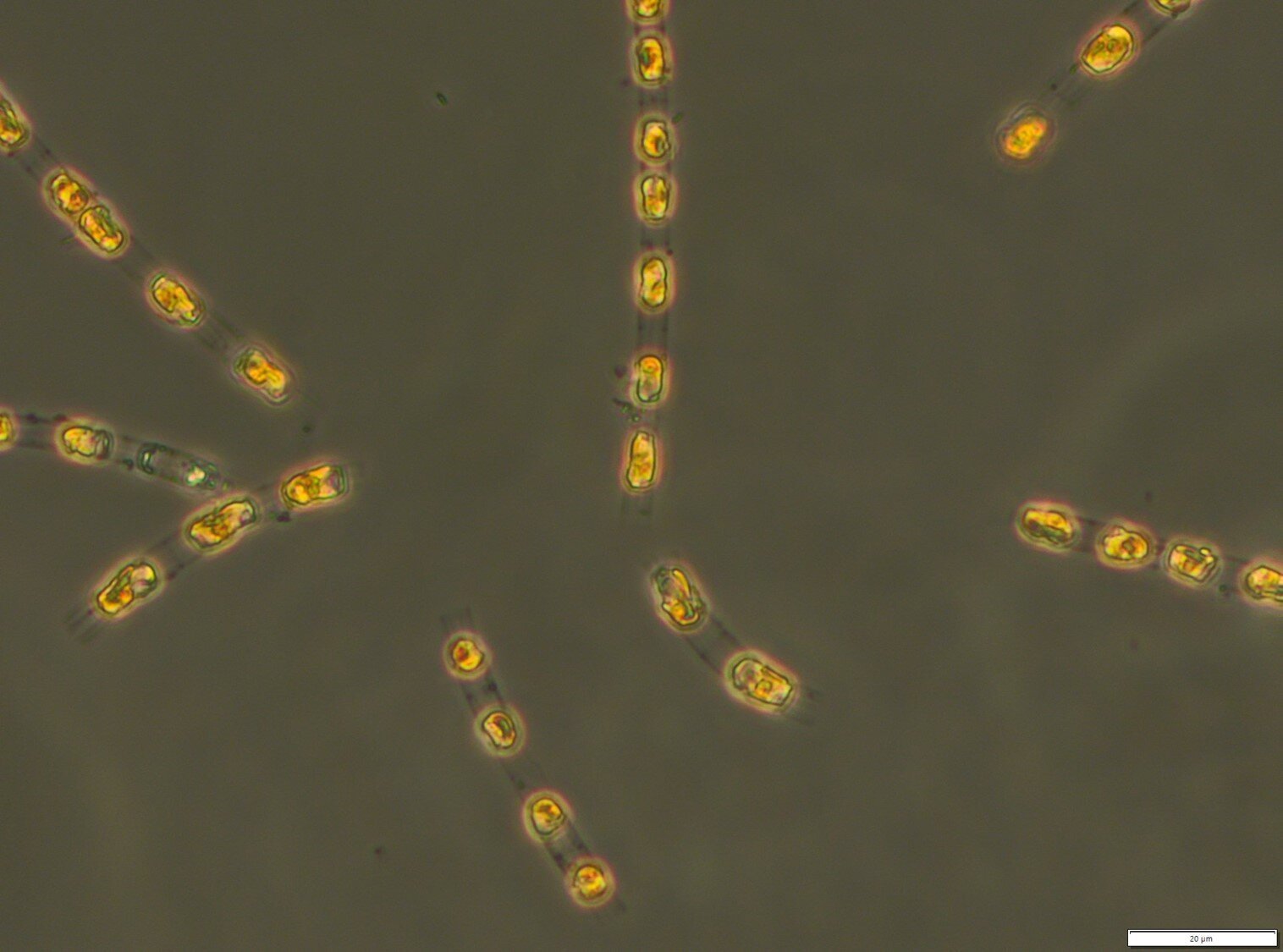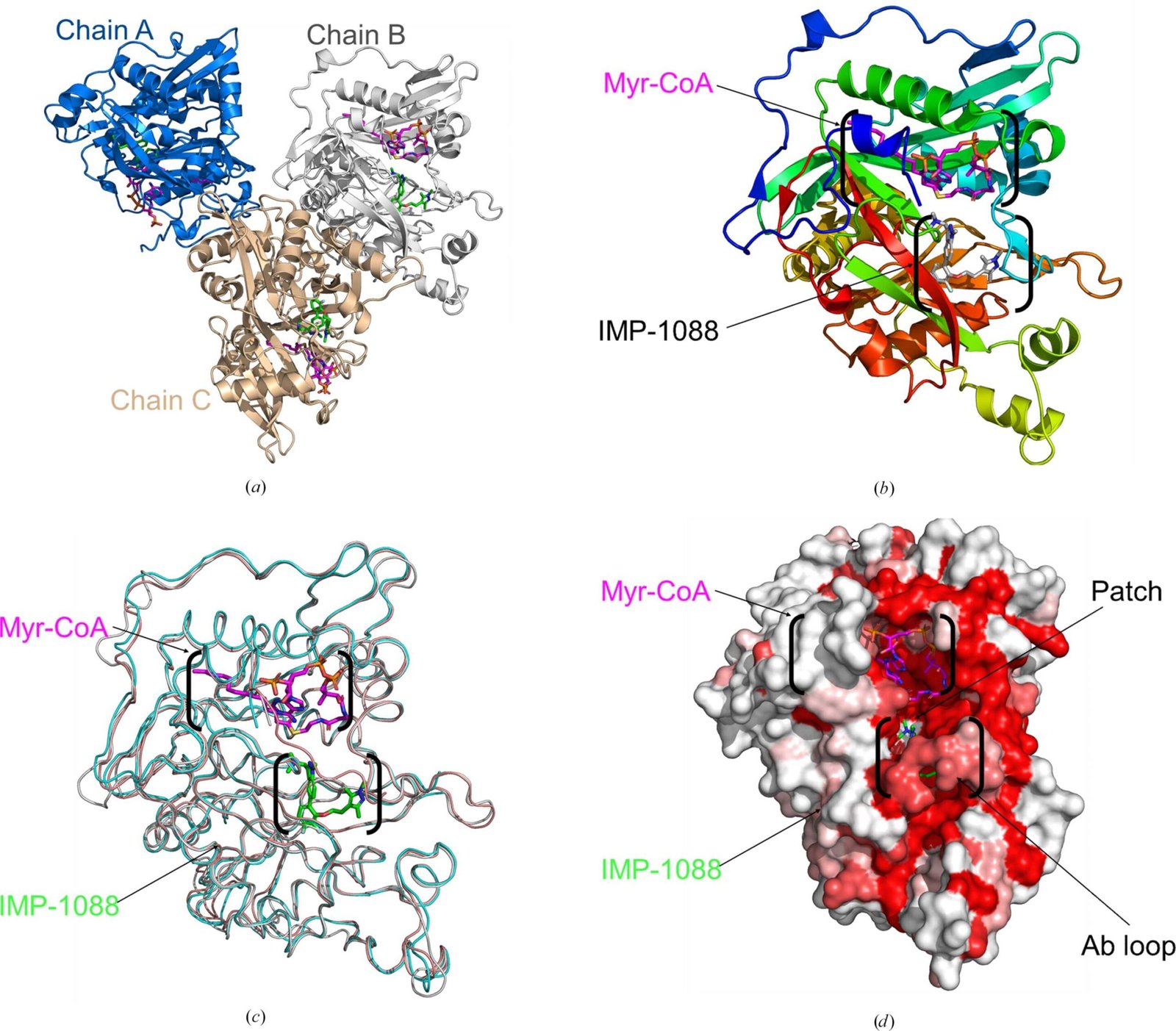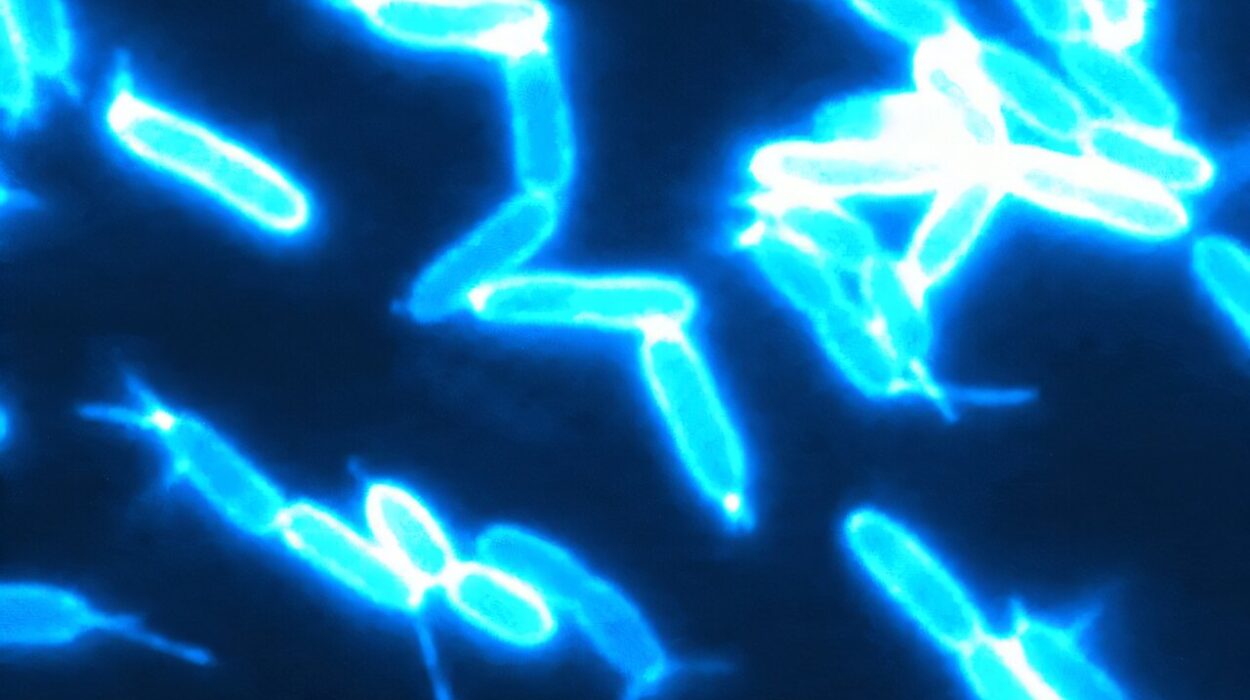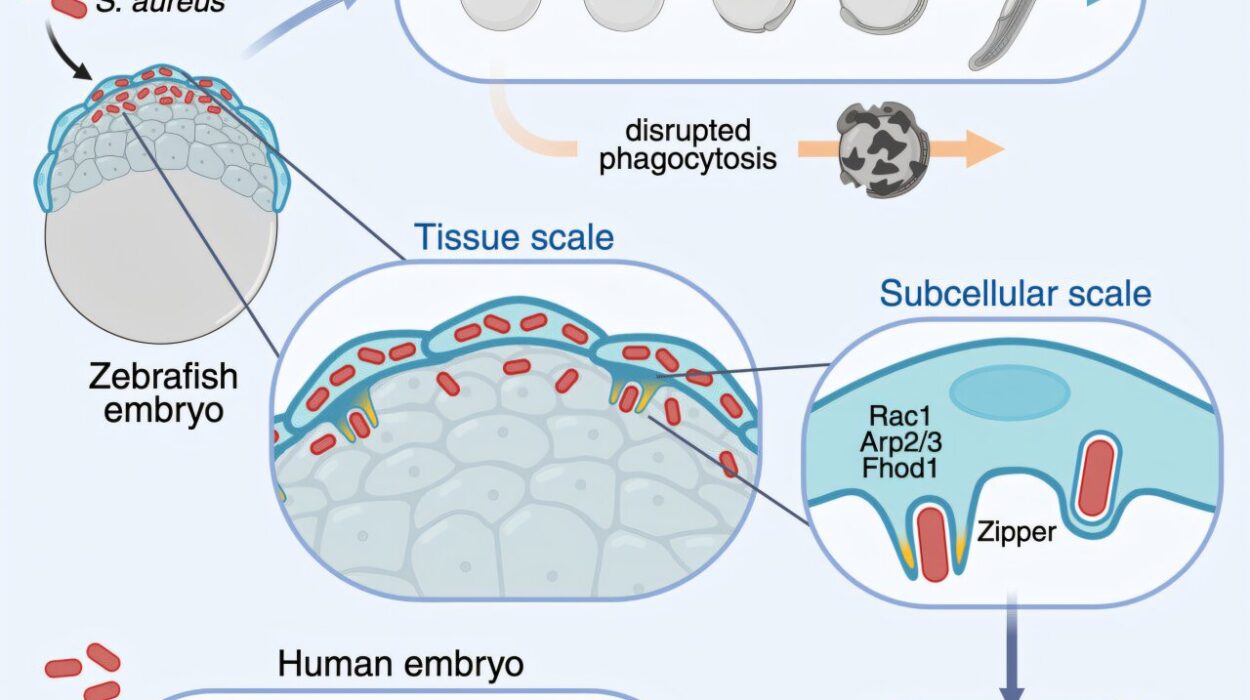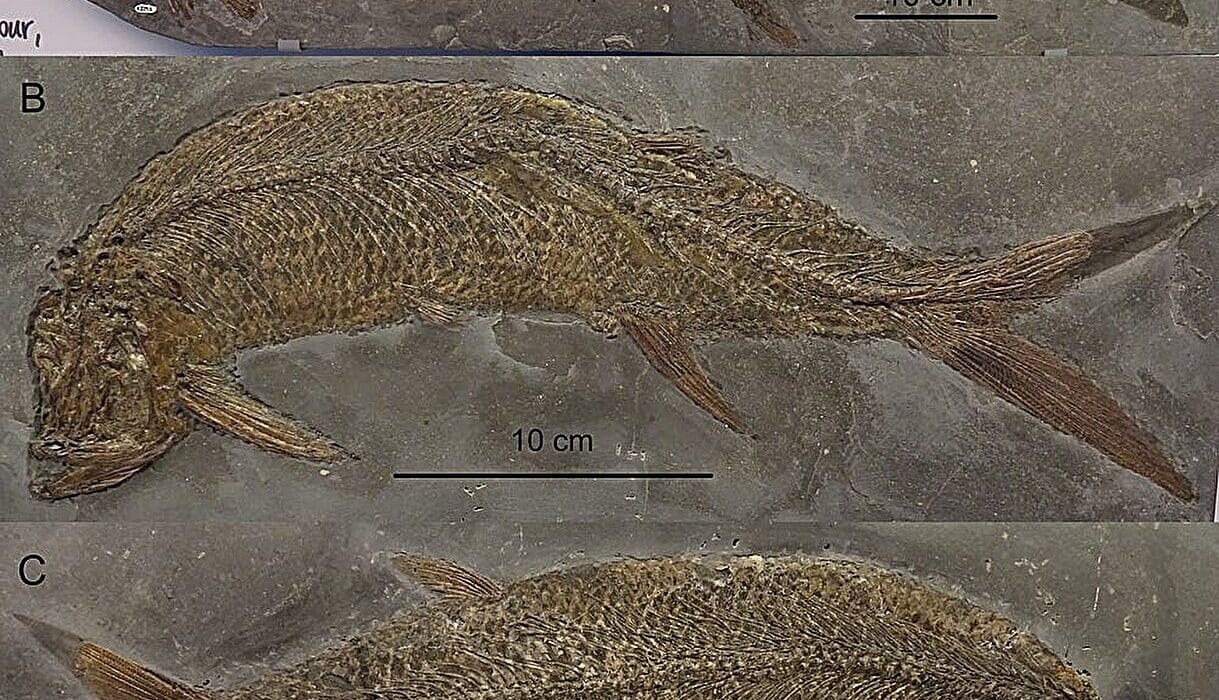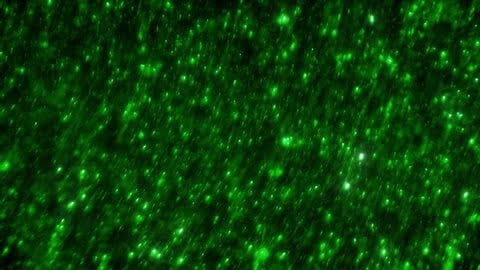The discovery of dormant algae revived from the depths of the Baltic Sea, which had been inactive for nearly 7,000 years, marks an extraordinary milestone in the field of paleoecology. In a remarkable study led by the Leibniz Institute for Baltic Sea Research Warnemünde (IOW), researchers have successfully brought back to life dormant diatom cells that had remained in a state of suspended animation in sediment layers on the sea floor. These diatoms, part of the microscopic plankton community, were found to have retained their biological functions, offering a rare opportunity to study the long-term survival strategies of marine life and its adaptability to environmental changes.
This discovery not only adds a fascinating chapter to the history of the Baltic Sea but also opens up a new realm of research in understanding past ecosystems, the evolution of species, and how marine organisms have adapted to changing climates over millennia.
The Science Behind Dormancy and Resurrection
Dormancy is a well-known survival strategy used by many organisms across the world. When faced with unfavorable environmental conditions—whether it’s a lack of food, water, or extreme temperatures—many species can enter a state of dormancy. During this period, they drastically reduce their metabolic activity and form protective structures that help them survive until more favorable conditions return.
In the case of phytoplankton—microscopic plants that form the base of the aquatic food chain—dormancy is especially important. These organisms live in the water and rely on sunlight to perform photosynthesis, but when conditions become unfavorable, such as during the cold and dark winter months, they sink to the bottom of the water body. Over time, they become buried under layers of sediment, where they can remain dormant for thousands of years. The survival of these algae through such long periods without oxygen or light provides a unique window into past marine ecosystems and environmental conditions.
The recent study, published in The ISME Journal, focuses on resurrecting these dormant algae from Baltic Sea sediment cores and investigating their viability after thousands of years of inactivity. This innovative research, part of the PHYTOARK collaborative project, aims to use the dormant stages of phytoplankton as “time capsules” to decode the ecological history of the Baltic Sea, its biodiversity, and the impacts of climate change over centuries.
Bringing 7,000-Year-Old Algae Back to Life
The research team, led by IOW phytoplankton expert Sarah Bolius, embarked on an ambitious journey to revive dormant diatom cells from Baltic Sea sediment cores collected at a depth of 240 meters in the Eastern Gotland Deep. These sediment cores contained layers that spanned nearly 7,000 years of history, each layer corresponding to different climatic periods in the Baltic Sea’s past. The core samples were taken during an expedition aboard the research vessel Elisabeth Mann Borgese in 2021.
Using favorable conditions, including the right amounts of light and nutrients, the researchers successfully revived dormant algae from nine sediment samples. The algae species that proved most resilient was Skeletonema marinoi, a diatom species common in the Baltic Sea, particularly during the spring bloom. Surprisingly, viable cells of S. marinoi were found in sediment layers dating back as far as 6,871 ± 140 years, a remarkable feat considering the absence of oxygen and light for millennia.
The researchers discovered that these revived algae had not just survived; they were fully functional. Upon reawakening, the algae began to grow, divide, and photosynthesize just like their modern counterparts. Even the ancient strains from the 7,000-year-old sediment layers exhibited a growth rate comparable to current strains of S. marinoi. They also produced oxygen during photosynthesis at a rate similar to contemporary algae of the same species, proving that these ancient cells had not only retained their genetic material but also their biological fitness.
The Genetic Secrets of the Resurrected Algae
One of the most intriguing aspects of this study is the genetic analysis of the resurrected algae. Using microsatellite analysis, the researchers compared the DNA of algae from different sediment layers, which spanned thousands of years. This genetic profiling revealed that distinct genetic groups existed among the algae from different time periods, confirming that the populations of S. marinoi in the Baltic Sea had evolved and changed over time.
This finding is particularly significant because it allows scientists to trace the genetic changes that occurred over millennia, offering new insights into the evolution of marine life and how species adapt to environmental changes. By studying living, resurrected cells rather than relying solely on fossilized remains or genetic traces in sediment, researchers can gain a more accurate picture of how organisms have responded to shifts in climate, salinity, oxygen levels, and other environmental factors.
Dormancy as a Survival Strategy and Research Tool
The ability of organisms to survive in dormancy for extended periods is not unique to algae. In fact, various plant seeds, small crustaceans, and even some bacteria have been known to remain viable for centuries or even millennia in a dormant state. However, the successful resurrection of algae after 7,000 years of dormancy is an unprecedented achievement. It provides valuable evidence of how organisms can potentially recolonize habitats once conditions become favorable again.
This phenomenon, referred to as “resurrection ecology,” is a growing area of research that offers scientists a unique tool to study the past and understand how organisms adapt to environmental shifts. The concept allows researchers to “jump” through time by bringing dormant organisms back to life and studying their responses under modern conditions. This approach has the potential to revolutionize how we study ecosystems, biodiversity, and the long-term effects of climate change.
In the case of the Baltic Sea, the resurrection of S. marinoi opens the door to conducting “time-jump experiments” that simulate various stages of the Baltic Sea’s ecological history. By analyzing these revived algae under different environmental conditions, scientists can gain new insights into how the sea has changed over time and how future changes might affect its ecosystem.
The Future of Resurrection Ecology
As promising as the results of this study are, they are just the beginning. The revived strains of S. marinoi will continue to be tested under varying conditions in the lab to understand how these algae respond to different levels of temperature, salinity, and oxygen availability. By combining these experiments with further genetic analyses, researchers will be able to trace the intricate genetic changes that have occurred over the course of thousands of years.
Ultimately, this research could help scientists predict how marine ecosystems might respond to future climate changes, offering a better understanding of how biodiversity will evolve in response to shifting environmental factors. Additionally, resurrection ecology could offer valuable insights into the resilience of marine species and the potential for natural recovery in ecosystems that have been disrupted by human activity or environmental changes.
In conclusion, the successful resurrection of algae from 7,000-year-old Baltic Sea sediments is not only an extraordinary scientific achievement but also a crucial step toward understanding the long-term dynamics of marine ecosystems. It underscores the power of dormancy as a survival strategy and provides a glimpse into the future of ecological research, offering new tools for studying past, present, and future environmental conditions. The study paves the way for more in-depth investigations into the resilience of life and the ability of ecosystems to adapt to an ever-changing world.
Reference: Sarah Bolius et al, Resurrection of a diatom after 7000 years from anoxic Baltic Sea sediment, The ISME Journal (2025). DOI: 10.1093/ismejo/wrae252
